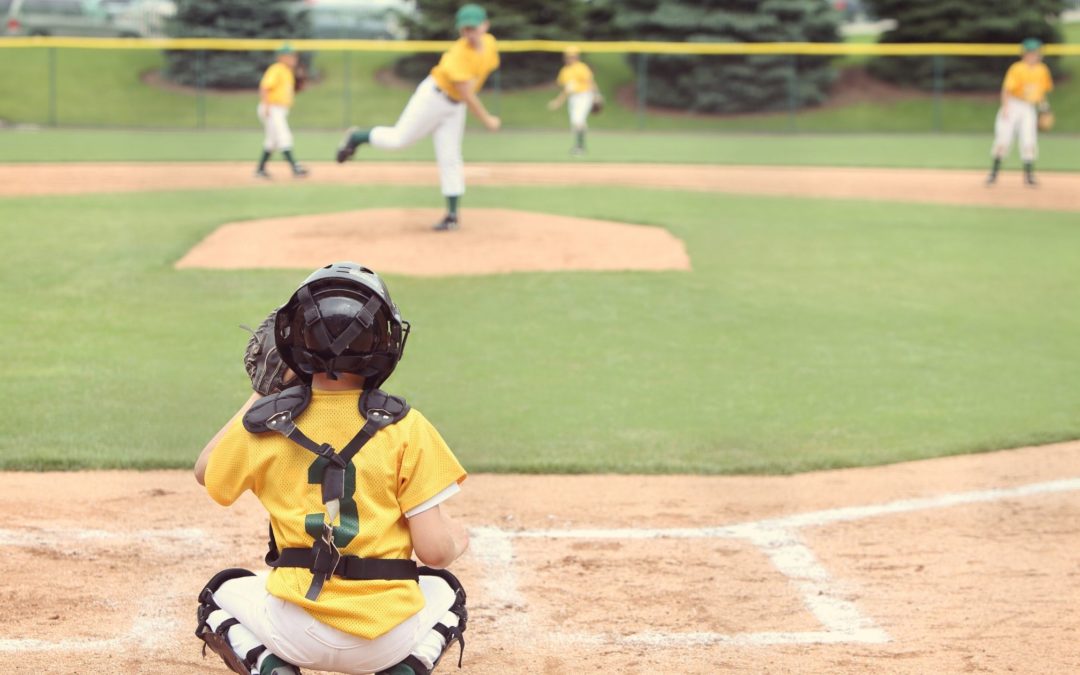Many in our area have still been able to enjoy a season of summer sports. Whether it is soccer, baseball, softball, or even tennis, kids are spending a lot more time outdoors which means a lot more time on their feet. Having kids who participate in sports can help keep them healthy and active. Unfortunately, with the increased physical activity it can also increase the risk for foot and ankle injuries, especially in field sports. Here are some of the common injuries as well as the symptoms and treatments available.
1. Ankle Sprains— 90% of ankle sprains occur due to poor field conditions! Symptoms for an ankle sprain can range from very mild to severe depending on the extent of the damage to the ligaments. Pain, swelling, bruising, decreased stability, and loss of range of motion and strength can all be signs of an ankle sprain. Treatment includes resting and elevating the ankle and applying ice to reduce swelling. Compressive bandages also may be used to immobilize and support the injury during healing. If not properly treated, ankle sprains may develop into long-term problems. An ankle that has not been properly healed and strengthened is more likely to suffer repeated sprains, leading to chronic ankle instability.
Prevention: Walk the field before playing to check for holes, divets, or other spots that could cause injuries. Try to maintain strength, balance, and flexibility in the foot and ankle through exercising, stretching, and wearing appropriate and well-fitted shoes. Use an all-purpose shoe for children under 10 as rubber cleats are not necessary. Metal spikes on cleats also should not be used until the teenage years.
2. Achilles Tendonitis— The Achilles tendon is the most frequently ruptured tendon, usually as a result of a sports injury. Symptoms often begin after an increase in activity and can include mild localized pain along the tendon, swelling, and stiffness. Treatment can include special bandages, orthotics, rest, stretching, exercises, and nonsteroidal anti-inflammatory medication.
3. Shin Splints— Shin splints is a term to describe pain and swelling in the front of the lower legs. Flat feet, calf tightness, improper training techniques, walking/running on uneven surfaces, and the use of improper or worn-out footwear may increase the risk of developing shin splints. Treatment may include rest, use of nonsteroidal anti-inflammatory drugs such as ibuprofen, icing, a change in training habits, stretching exercises and properly fitted shoes. Shin splints may result in stress fractures if proper treatment is not given.
4. Heel Pain— Heel pain in children is very different from adults. Pediatric heel pain will not feel better after walking around. Sever’s Disease is a common cause of heel pain in children. This is a painful inflammation of the heel’s growth plate that typically affects children between the ages of 8 and 14 years old, because the heel bone is not fully developed. When there is too much repetitive stress on the growth plate, inflammation can develop. Symptoms include pain in the back or bottom of the heel, limping, walking on toes, difficulty running, jumping, or participating in sports, and pain when the sides of the heel are squeezed. The important thing to remember is with proper treatment and diagnosis the condition can usually be resolved within a few months! Treatment can include orthotics to cushion the heel, medication, and stretching. Wearing supportive shoes and limiting time in cleats may help prevent Sever’s Disease.
5. Stress Fractures— Stress fractures usually occur in the bones of the forefoot extending from the toes to the middle of the foot. Stress fractures are like tiny cracks in the bone surface. They can happen with sudden increases in exercise (such as running or walking for longer distances or times), improper training techniques, or a change in surfaces. Common symptoms include pain, swelling, and sometimes bruising. Be sure to seek medical attention for any suspected foot fracture.
If anyone in your family is struggling with foot or ankle pain, please contact our specialists at Idaho Foot and Ankle Center for an appointment. We also have same day appointments available so you can receive the proper diagnosis and treatment as soon as possible! Dr. Kylin Kovac and Dr. Jed Erickson have the knowledge and experience to help get you on the path to recovery and back in the game!
Some content provided by The ACFAS.



Recent Comments